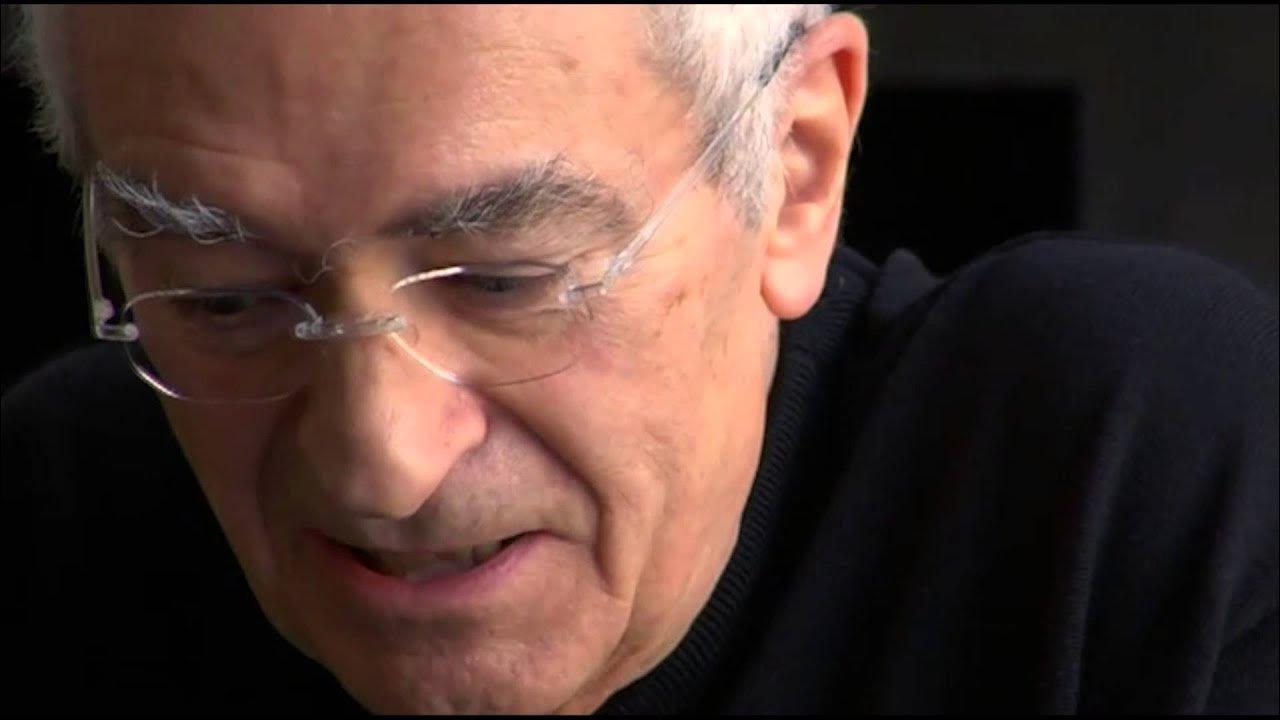How Typography Elevates Design from Good to Great (Masterclass Part 2/3)
Summary
TLDRIn this masterclass segment, Emmy-winning designer Christo emphasizes the pivotal role of typography in elevating a designer's skill set from good to great. He clarifies the distinction between logo type design and typography, highlighting the latter's focus on manipulating type arrangement for effective communication. Christo advocates that understanding typography, including contrast and space, is fundamental to mastering design in all its forms. He also touches on the importance of expressive typography and its ability to capture attention and convey messages, suggesting that a grasp of this art is crucial for any aspiring designer to achieve greatness.
Takeaways
- 🌟 Typography is a crucial skill for aspiring designers to master in order to elevate their work from good to great.
- 🔍 There's a distinction between a logo type designer and a typographer; the former focuses on specific letter combinations for branding, while the latter manipulates type arrangement for communication.
- 📚 A typographer's role involves understanding and utilizing point size, color, weight, and layout to convey ideas effectively.
- 🎨 Expressive typography can be used to capture attention, even if it's not immediately readable; its purpose may be to make the viewer decipher the message.
- 💡 Mastery of typography can lead to a broader understanding of design principles, applicable to various forms of design, including 2D and 3D.
- 🛠️ Rigorous exercises and learning from traditional methods, such as those from the Basel School in Switzerland, can help designers overcome their discomfort with typography.
- 🔄 Understanding contrast in design elements like point size, texture, and weight is key to mastering typography and, by extension, design.
- 🏆 Great typographers often win design competitions, demonstrating their superior understanding of space, color, texture, and contrast.
- 🎭 The work of James Victor showcases how hand-drawn letter forms can become an art form, requiring viewers to work to decipher the message.
- 📖 The intention and goal of a design should dictate the approach to typography, balancing legibility with artistic expression.
- 🎼 Just as music is not just about the notes but also the spaces between them, design is about the balance between structure and freedom.
Q & A
What is the second skill that aspiring designers must master according to the video?
-The second skill that aspiring designers must master is typography, as it is crucial for going from good to great in design.
What is the difference between a logo type designer and a typographer as mentioned in the video?
-A logo type designer focuses on creating a specific expression with a combination of a few letters in a fixed sequence, while a typographer manipulates the arrangement and layout of type to communicate ideas effectively.
What does the video suggest is the 'Kryptonite' for designers?
-The 'Kryptonite' for designers, as mentioned in the video, is typography, which can be a weakness for some and cause them to fall apart in their design work.
What is the purpose of expressive typography according to the video?
-The purpose of expressive typography is not always to be read easily but sometimes to capture attention or make the viewer stop and decipher the message, thus meeting its goal.
What famous quote does the video reference to emphasize the importance of design skills?
-The video references Massimo Vignelli's quote, 'If you can design one thing, you can design everything,' to emphasize the importance of mastering design skills.
What is the significance of learning typography for a designer's overall skill set according to the video?
-Learning typography is significant as it helps a designer understand formal relationships, manipulation of contrast, and arrangement, which can be applied to various facets of design, including 3D design.
What does the video suggest is the relationship between being a great typographer and a great graphic designer?
-The video suggests that one cannot be a great graphic designer without being a great typographer, as typography is a fundamental skill in design.
What is the role of contrast in typography as discussed in the video?
-Contrast in typography, such as in point size, texture, and weight, is essential for creating tension and releasing tension, guiding the reader, and making the design effective.
How does the video describe the work of James Victoria in the context of typography?
-The video describes James Victoria's work as an art form where his hand-drawn letter forms and personal handwriting become beautiful expressions that require the viewer to decipher, adding a layer of interaction.
What is the importance of understanding the intention and goal of a design project according to the video?
-Understanding the intention and goal of a design project is crucial as it helps the designer choose the right approach, balancing between legibility and expressiveness to effectively communicate the message.
What does the video suggest about the use of grids in design?
-The video suggests that while grids are essential tools in design, they should not be overly visible or dominate the design, comparing them to underwear that is meant to be used but not seen.
Outlines

Этот раздел доступен только подписчикам платных тарифов. Пожалуйста, перейдите на платный тариф для доступа.
Перейти на платный тарифMindmap

Этот раздел доступен только подписчикам платных тарифов. Пожалуйста, перейдите на платный тариф для доступа.
Перейти на платный тарифKeywords

Этот раздел доступен только подписчикам платных тарифов. Пожалуйста, перейдите на платный тариф для доступа.
Перейти на платный тарифHighlights

Этот раздел доступен только подписчикам платных тарифов. Пожалуйста, перейдите на платный тариф для доступа.
Перейти на платный тарифTranscripts

Этот раздел доступен только подписчикам платных тарифов. Пожалуйста, перейдите на платный тариф для доступа.
Перейти на платный тарифПосмотреть больше похожих видео
5.0 / 5 (0 votes)






